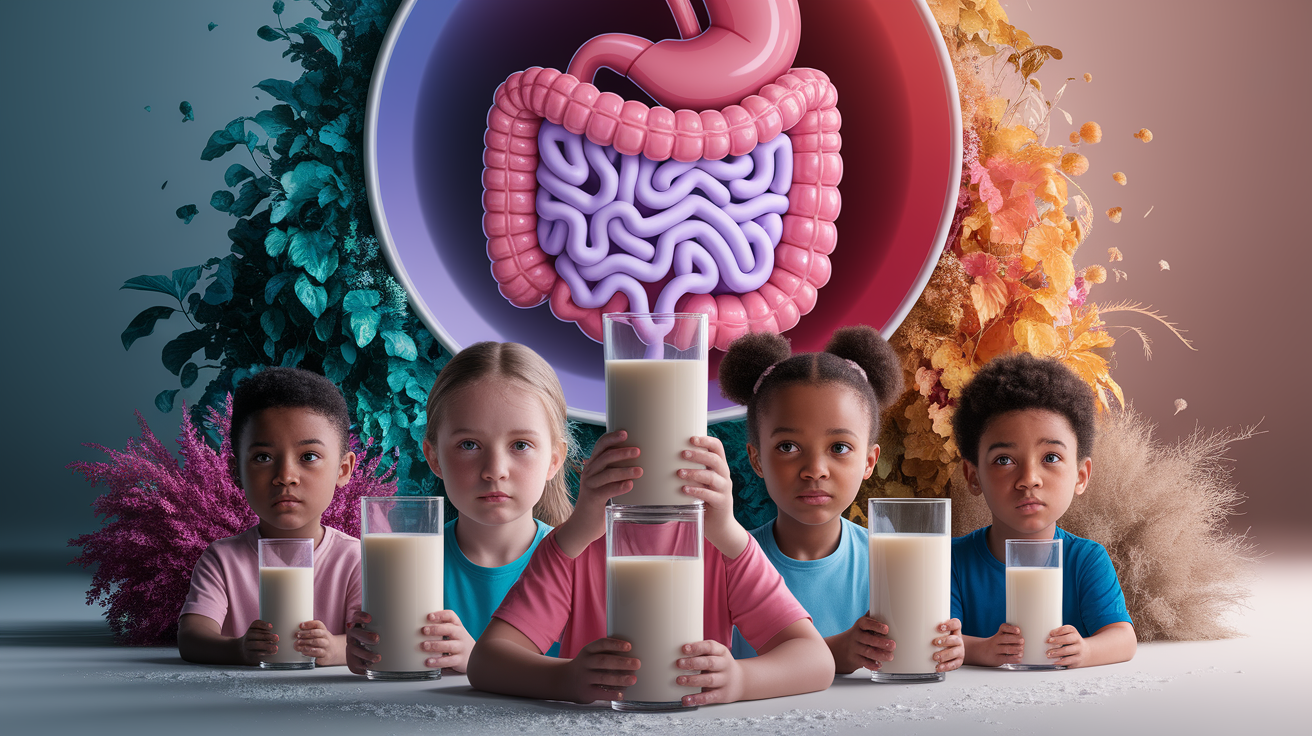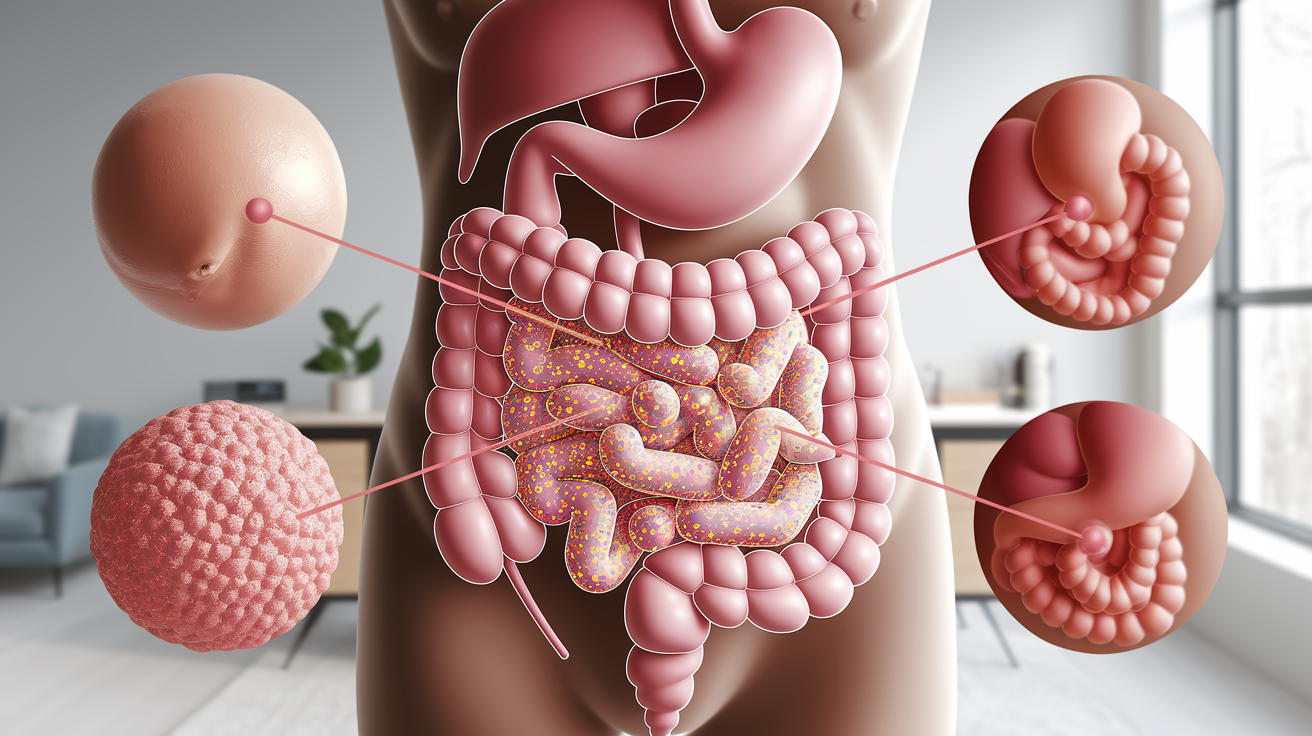The Quick Scoop: Why You Can’t Digest Milk
Lactose intolerance happens when your body doesn’t have enough of the lactase enzyme to break down lactose—the sugar found in milk and dairy products. Without enough lactase, lactose travels undigested into your gut, leading to uncomfortable gastrointestinal symptoms after dairy consumption.
Primary Lactose Intolerance: Genetics and Lactase Decline
Primary lactose intolerance is the most common form. It occurs when the body naturally produces less lactase after infancy, making milk digestion harder.

Genetics play a big role here. Those with lactase persistence can digest milk into adulthood, while others experience a steady drop in enzyme levels over time. According to the Mayo Clinic, this pattern is influenced by genetic predisposition, and prevalence varies widely among different ethnicities—being higher in populations of South American, Asian, and African descent.
Secondary Lactose Intolerance: When the Gut Is Damaged
Secondary lactose intolerance appears when an injury or illness affects the small intestine’s lining, where lactase is made.

- Common causes: conditions like celiac disease, Crohn’s disease, severe gastroenteritis, or intestinal surgery.
- When the intestinal lining is disturbed, lactase production drops, leading to lactose malabsorption.
In some cases, treating the underlying gastrointestinal disorder can restore lactase levels to normal.
Congenital Lactase Deficiency: A Rare Inheritance
Congenital lactase deficiency is a hereditary condition where infants are born without the ability to produce the lactase enzyme at all. This is extremely rare and symptoms appear right after birth if milk products are consumed.

According to MedlinePlus Genetics, this condition requires immediate dietary adjustments to avoid dangerous dehydration and malnutrition in newborns.
How Undigested Lactose Triggers Symptoms
Here’s the chain reaction that makes lactose intolerance so uncomfortable:

- You consume food or drink containing lactose.
- Without enough lactase enzyme, lactose is not broken down into glucose and galactose in the small intestine.
- The undigested lactose moves into the colon.
- Intestinal bacteria ferment the lactose, producing gas, acids, and other byproducts.
- These substances draw water into the colon, resulting in bloating, cramps, flatulence, and diarrhea.
The National Center for Biotechnology Information notes that this fermentation process is the key driver of gastrointestinal symptoms linked to lactose intolerance.
Managing Lactose Intolerance: Dietary and Supplement Strategies
Living with lactose intolerance is manageable with a bit of planning:
- Reduce or remove lactose: choose lactose-free products or dairy alternatives like almond, soy, or oat milk.
- Enzyme supplements: lactase tablets or drops can help your body break down milk sugar during meals.
- Gradual testing: some people can tolerate small amounts of dairy without symptoms—experiment to learn your limit.
- Balance nutrition: get calcium from non-dairy sources such as fortified plant milks, leafy greens, or tofu.
Learn more about practical management approaches from NHS UK.
Glass Half Full: Embracing Life Beyond Lactose
While lactose intolerance means being mindful about dairy consumption, it doesn’t mean giving up on delicious, nutrient-rich foods. Today’s shelves are filled with tasty, calcium-rich alternatives, and enzyme supplements make occasional dairy enjoyment possible.
With knowledge of your body’s needs and modern food options, you can keep your digestive system happy and your diet varied—proving that even without lactose, life can be just as flavorful.













